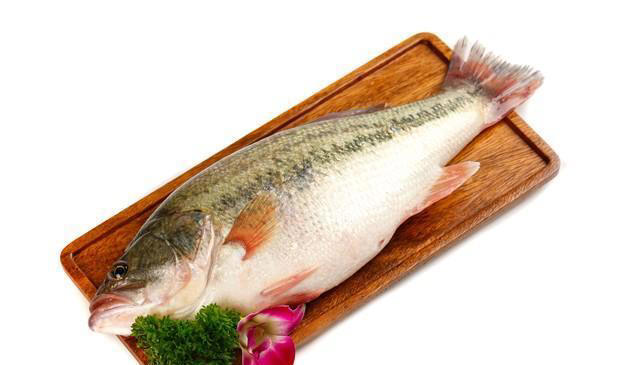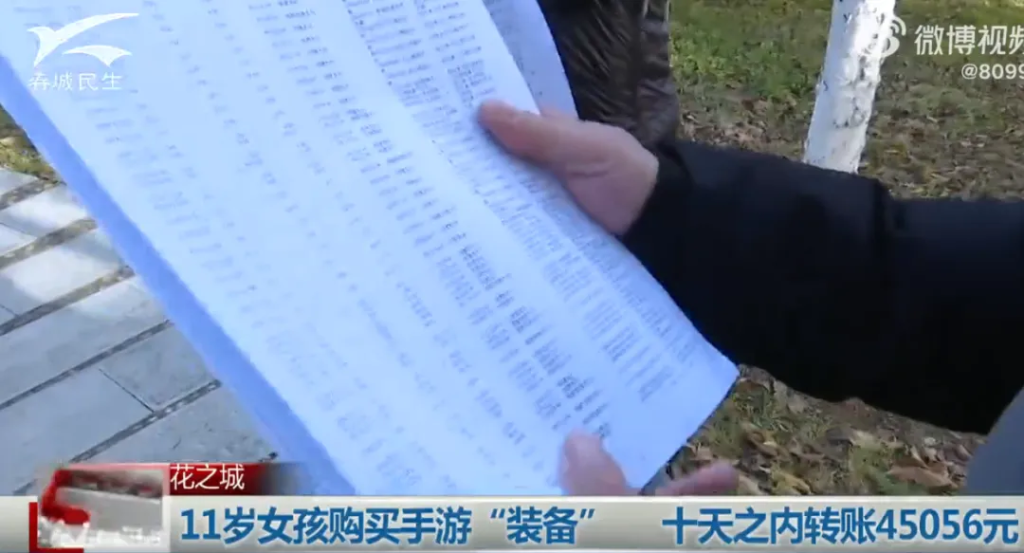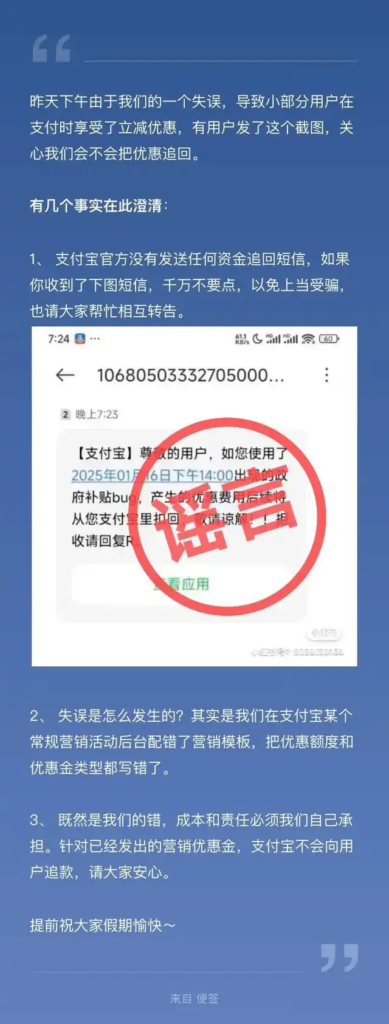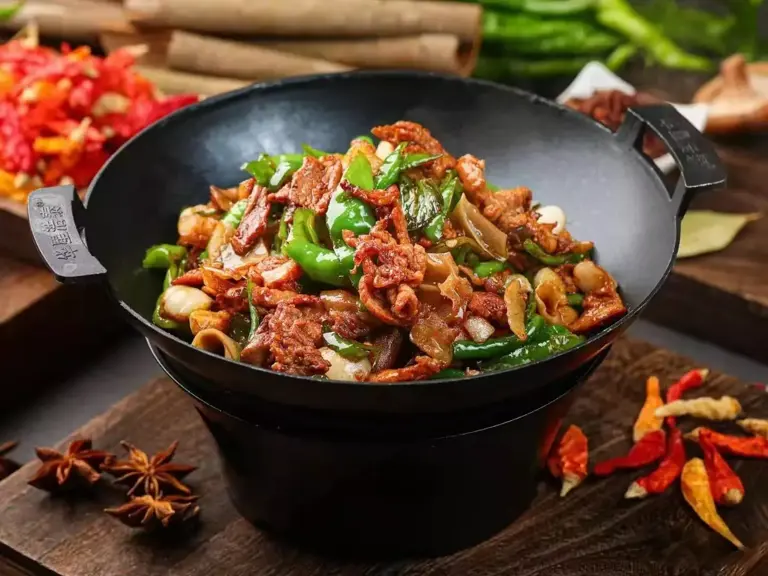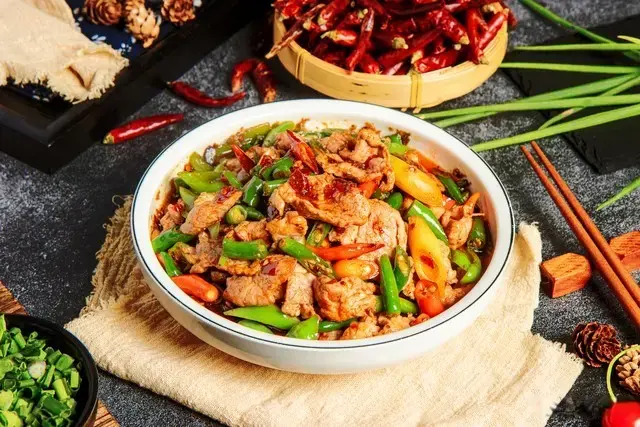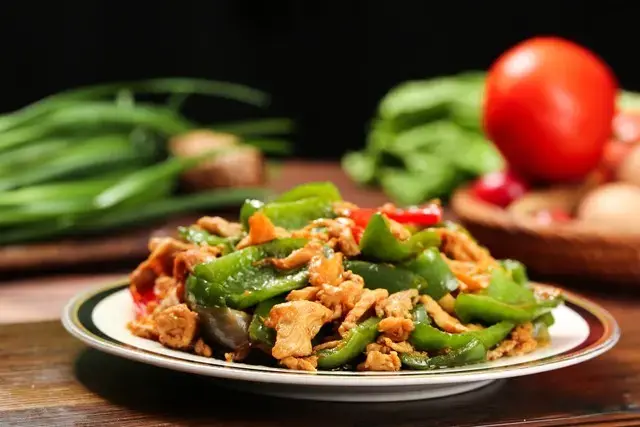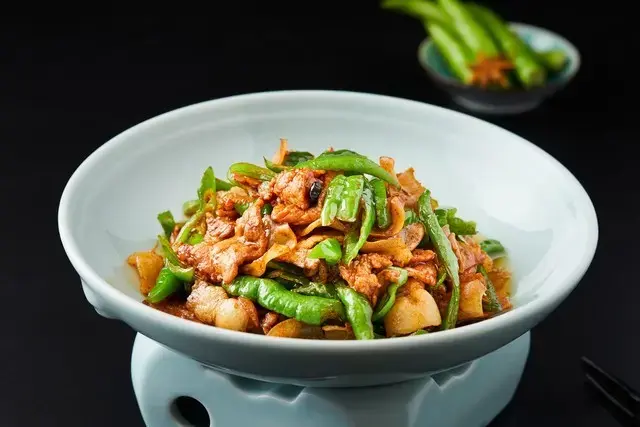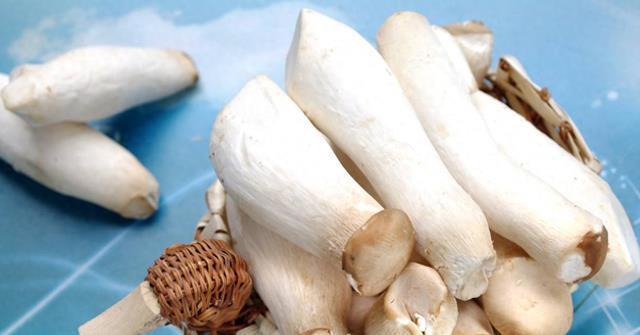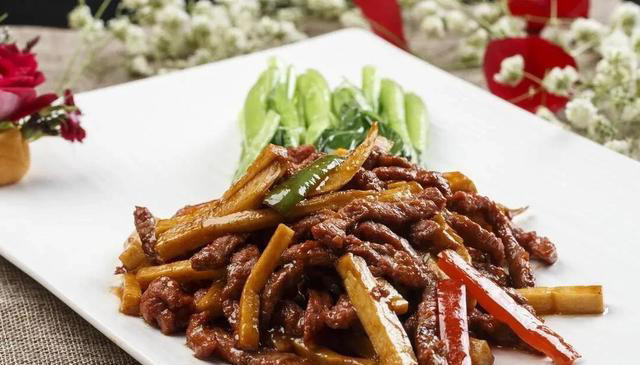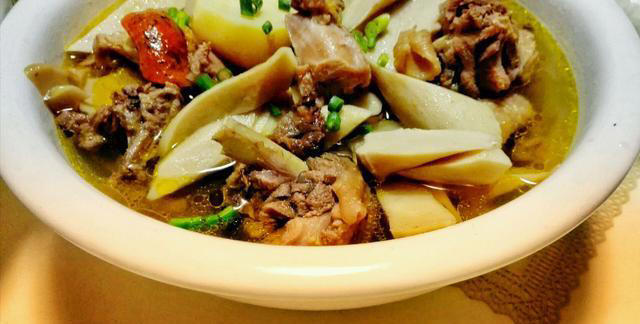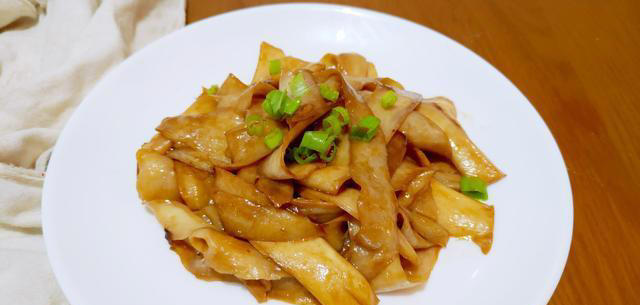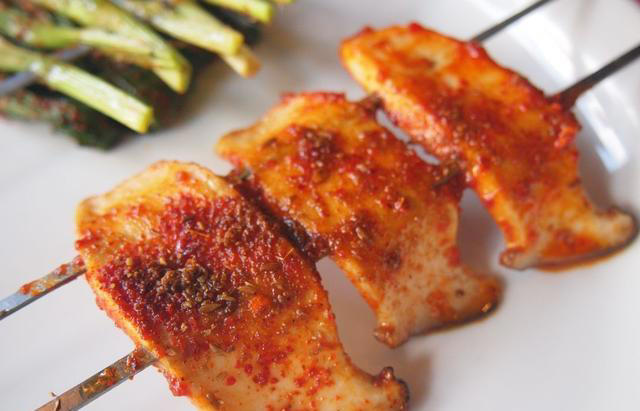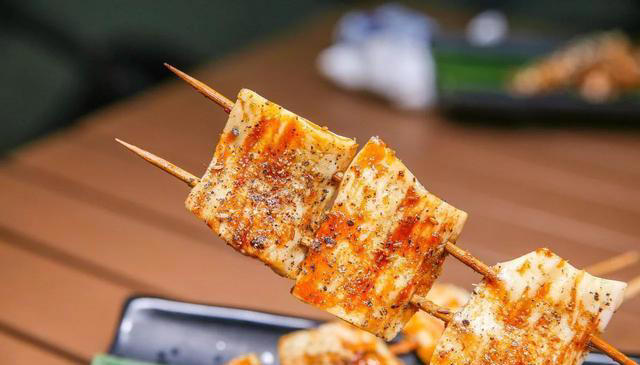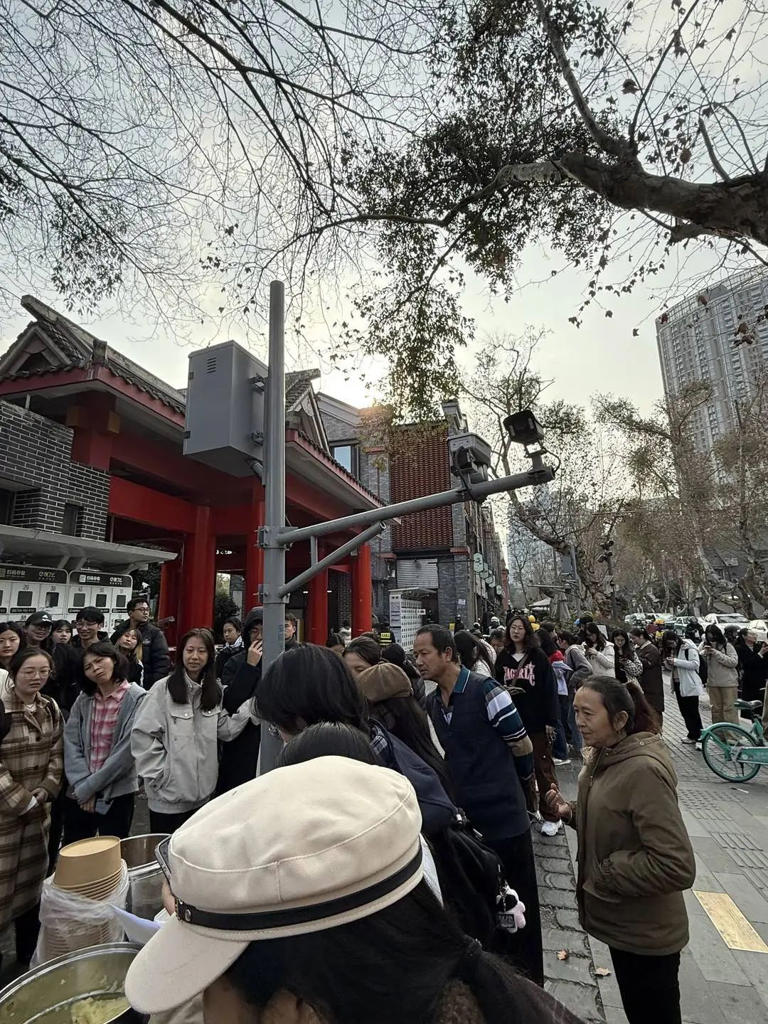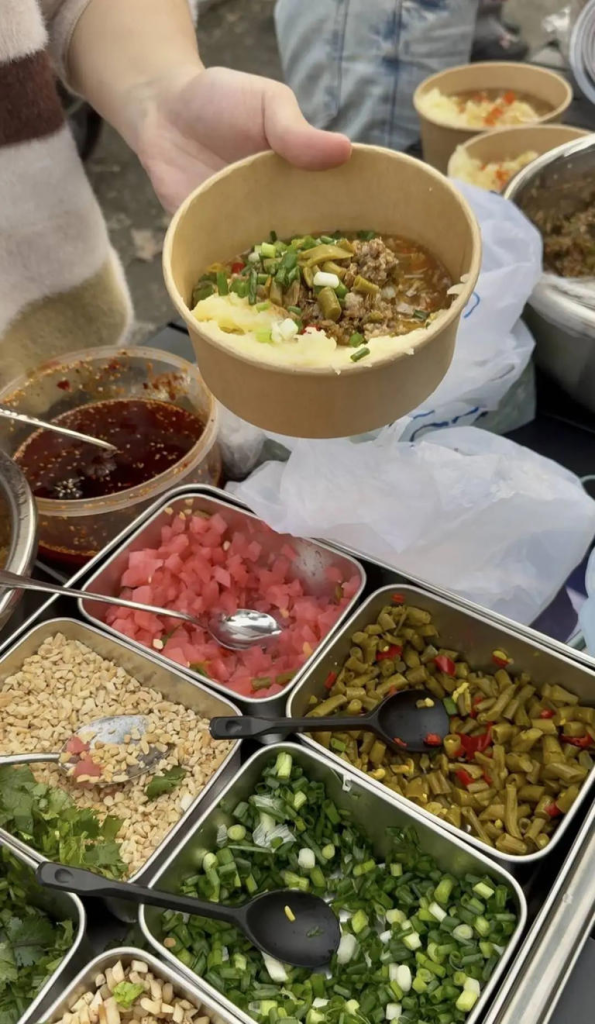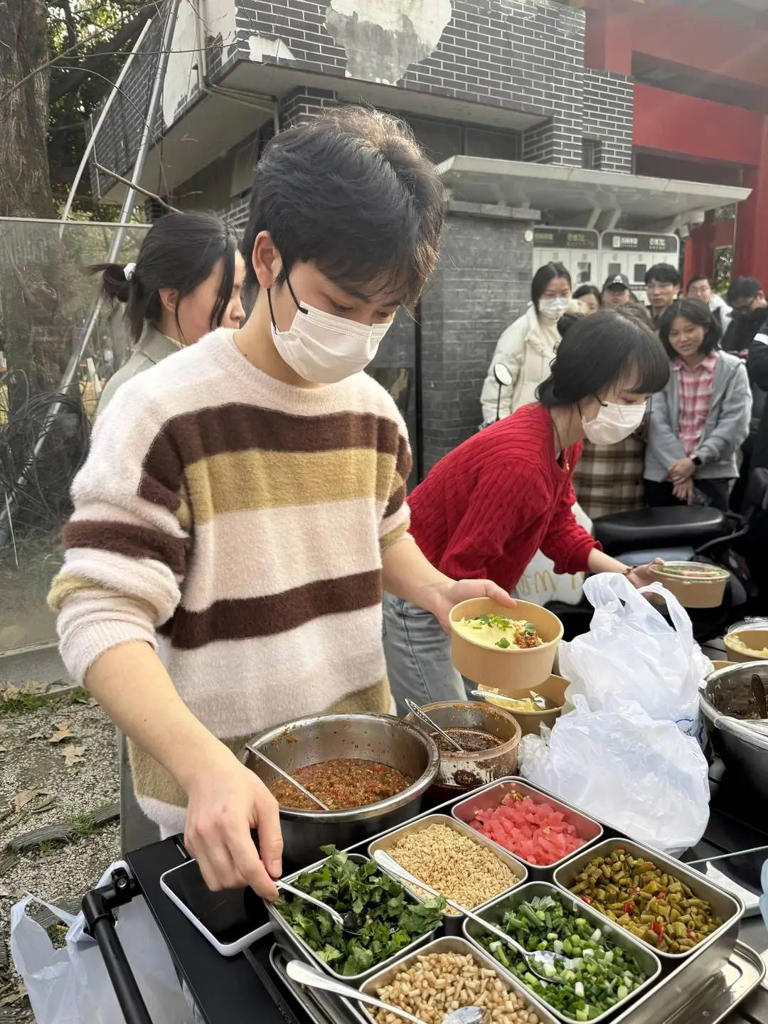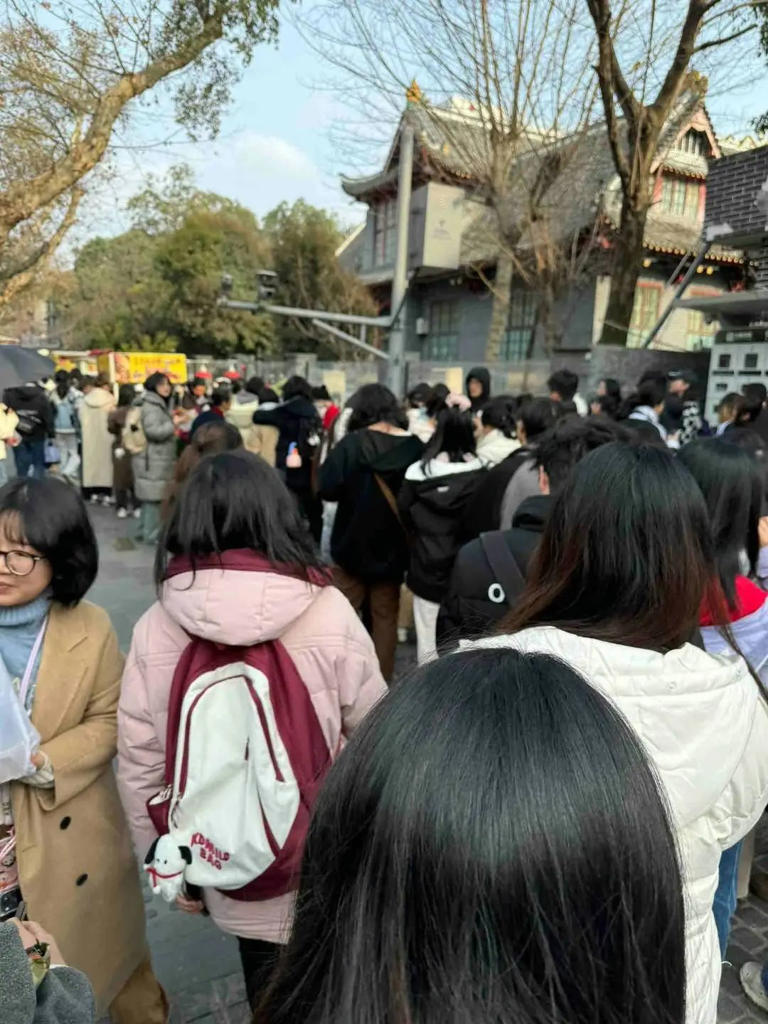This article is transferred from: CCTV
A topic rushed to the first place on the hot search list
#黄焖鸡卧底记者提醒11点前别点外卖#
Noon is the peak time for dining
Many people order takeout in advance
The lunch break was just delivered
Why is it better not to do it earlier?
The first person to order takeout
There is a greater chance of receiving an overnight dish
The undercover reporter who exposed the problem of yellow braised chicken rice said in the live broadcast connection that the phenomenon of recycling leftovers and heating overnight dishes before serving them is not uncommon in the takeaway industry. The undercover reporter reminded everyone that “it is best not to order takeout before 11 o’clock”, because “leftover food from the previous day may be sold to the person who orders first the next day”.
A few days ago, the public opinion incident of “Yang Mingyu’s yellow stewed chicken and rice kitchen chaos” aroused widespread concern in the society.

The reporter secretly visited a number of Yang Mingyu Yellow Braised Chicken and Rice franchise stores and found many food safety problems: the use of sour ingredients stored for many days, the leftovers after customers eat are recycled and reprocessed and sold, and the blackened beef overnight is pretended to be fresh beef after adding coloring. The reporter’s investigation also found that many stores do not require employees to provide health certificates when recruiting, and a large number of unlicensed store employees go directly to work.
On the 12th, Yang Mingyu’s yellow braised chicken and rice brand issued a letter of apology, saying: The franchised stores involved (Zhengzhou Erqi Wanda store, Zhengzhou Rehabilitation Front Street store, Shangqiu Wanding Plaza store) were immediately closed and permanently closed. Yang Mingyu’s yellow braised chicken rice brand also said that it would conduct an in-depth investigation of stores across the country.
On March 13, the Food Safety Office of the State Council issued a notice of listing supervision to the Food and Drug Safety Office of Shandong Province and the Food Safety Office of Henan Province to supervise the verification and disposal work of the two places.
These takeaways
The delivery man never touches it
After the chaos in the kitchen of Yang Mingyu’s yellow braised chicken and rice was exposed, a delivery man said in an interview that they rarely order takeaway, because they see it with their own eyes when they take takeaway, and some stores are difficult to ensure that the food is fresh and clean. Some media have counted the views of many takeaways, and they dare not eat these ten types of takeaways:
1. Yellow Braised Chicken: The last thing that many delivery workers recommend is Yellow Braised Chicken, because some unscrupulous businesses will use zombie meat, overnight dishes, and even recycle leftovers to make it.
2. Malatang: Malatang is also mentioned by many takeaways, mainly because the soup base is often used repeatedly, the ingredients are exposed to bacteria for a long time, and the balls are mostly low-cost frozen synthetic products, which have high health risks.
3. Donburi rice: Use more pre-made dishes (such as fish-flavored shredded pork and curry rice), the ingredients are not cleaned properly, and the oil and salt are high.
4. Fried chicken/fried skewers: Semi-finished frozen chicken nuggets are fried repeatedly, and carcinogens are easily produced when the oil quality deteriorates.
5. Porridge: There is a second heating of overnight porridge for sale, and some merchants may even add thickeners.
6. Fruit scooping: Peel off the rotten part of the bad fruit and cut it into pieces, and use yogurt or seasoning to cover up the peculiar smell, the freshness of the fruit cannot be guaranteed, and it is easy to cause diarrhea.
7. Dumplings: Most of them are low-cost bulk quick-frozen dumplings, the filling is leftover meat, and the proportion of manual packaging is very low.
8. Fried rice/bibimbap: Low-priced barbecue mostly uses quick-frozen meat, the source of the meat is unknown, and a lot of sauce is used to enhance the flavor.
9. Cooking package fast food: that is, pre-made dishes, many takeaway businesses buy the corresponding vegetable package in advance, and when someone places an order, it can be heated to serve the meal.
10. Soup: In order to save costs, it is common to add flavor to chicken broth or bone broth with less ingredients and more water.
Why is the delivery man’s “not choosing the list” on the hot search?
The reason why the takeaway person’s “don’t choose list” is on the hot search is because they are the real “people present”, and they have witnessed the spicy hot soup base not changing for a week, the fried chicken nuggets are repeatedly thawed and used industrial whitening agents, and the fruit is mixed with spoiled fruit and yogurt to cover up the peculiar smell. Consumers in these scenarios have no way to see, and all they can see is the marketing carnival of “praise cashback” and “full discount promotion”.
When the promotion strategy accurately hits the psychology of consumers to “take advantage”, it distorts the original intention of the dietary choice. Surveys show that nearly one-third of the waste caused by over-ordering comes from blindly chasing discounts. What’s more hidden is that the platform algorithm creates the illusion of “high sales” and “high ratings” through swiping orders and fake reviews, turning the black workshop with poor hygiene into an “Internet celebrity store”, and consumers’ “right to know” gradually dissolves in the information cocoon.
Behind the food safety problems in the food delivery industry is the rupture of the chain of supervision.
On the one hand, a large number of unlicensed “Circle of Friends Kitchens” and “Micro Stores” take orders through platform loopholes, and the processing environment does not even reach the sanitary level of family kitchens;
On the other hand, the “last mile” of the distribution link has become a risk amplifier, and temperature-sensitive foods such as seafood and cold vegetables are very easy to deteriorate during the delivery process without cold chain protection.
What is more vigilant is that as the scale of the prefabricated vegetable market exceeds 400 billion yuan, its production standards, additive use, cold chain distribution and other links related to food safety are still in the regulatory gray area. Some merchants abuse preservatives in order to extend the shelf life, and distribute cold-chain food at room temperature in order to reduce costs, resulting in a spike in the bacterial index. If “convenience” is the only selling point, security is a sacrificial price. When the cooking package is beautified as a “direct supply from the central kitchen”, when the blackened beef is “beautified” by the pigment into fresh ingredients, when the expired raw materials are covered by heavy seasonings, the choice on the tip of the tongue has become a “gamble” – the gamble is the conscience of the merchant, and the loss is the consumer’s own health.
How can we turn talking points into a lever to leverage industry change? In addition to intensifying the crackdown and strengthening supervision at the source, the platform must also abandon the logic of “traffic first”, include food safety in the weight of the algorithm, and downgrade businesses with low health ratings and high complaint rates.
More importantly, it is necessary to promote the “transparency revolution” of the food delivery industry, encourage businesses to rebuild trust through live broadcast kitchens, public inspection reports, etc., and at the same time give food delivery workers the role of “whistleblowers”, establish anonymous reporting channels, and let the sight of “those present” be transformed into the “sharp eyes” of supervision.
Self-catering is healthier
Order takeout and pay attention to these “pits”
Nowadays, ordering takeout and going to restaurants has become a daily routine for many people. However, many of the food delivery workers interviewed said that the cleanest thing is to cook at home. “The food outside is unhealthy”, the nagging of the elders may really make scientific sense↓
A 2021 study published in the Journal of the Society of Nutrition and Dietetics by researchers from the School of Medicine of Wuhan University of Science and Technology and the University of Iowa found that frequent eating out/ordering takeout (≥ twice a day) was significantly associated with an increased risk of all-cause mortality, with a 49% higher all-cause mortality rate.
The study surveyed more than 35,000 adults about their eating habits, how often they eat out, and more. At an average follow-up of 17 years, 2,781 people died. Of these, 511 died from cardiovascular disease and 638 from cancer.
Analysis of follow-up data found that people who rarely ate out (less than one meal per week) had a 49% lower all-cause mortality rate than those who ate out frequently (two or more meals per day).
Studies have shown that eating out/ordering takeout tends to be higher in energy density, fat, and sodium, but lower in fruits, vegetables, whole grains, and protective nutrients such as dietary fiber and antioxidants. Finally, the study suggests that people should be encouraged to cook more at home.
In 2011, researchers from Taiwan published a study in the journal Public Health Nutrition that people who love to cook may live longer. A 10-year study found that cooking significantly reduced mortality compared to never cooking, and that the more often you cooked, the lower the risk of dying. Participants who cooked more than 5 times a week had a nearly 50% lower risk of death.
The study included 1,888 people aged 65 and over, and recorded the frequency of cooking, food and nutrient intake, and eating habits of each of them. Of these people, 43% of the participants never cooked, 17% cooked 1-2 times a week, 9% cooked 3-5 times a week, and 31% cooked 5 times a week.
A total of 695 participants died in the 10-year study. By comparing their cooking habits, the researchers found that cooking significantly reduced mortality compared to never cooking, and that the more often they cooked, the lower the risk of death, with participants who cooked more than five times a week having a nearly 50% lower risk of death and longer survival.

 Entering China
Entering China





